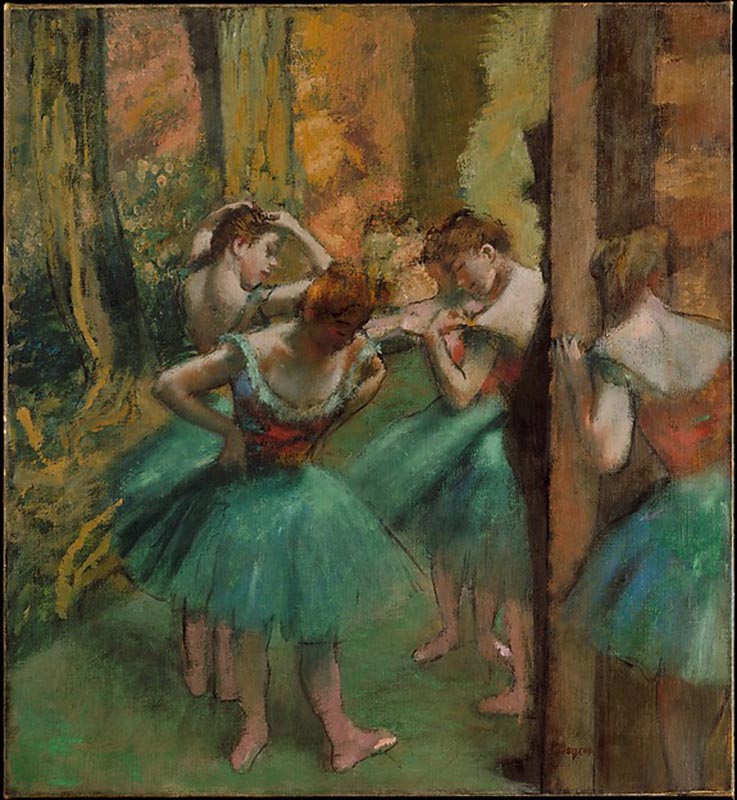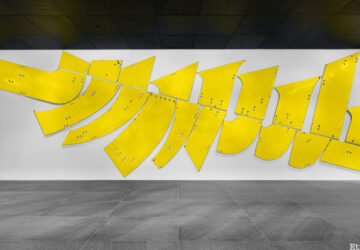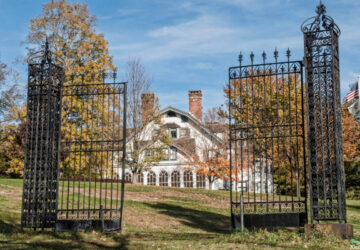3. Dancers, Pink and Green
 Dancers, Pink and Green. Photo from the Metropolitan Museum of Art in public domain.
Dancers, Pink and Green. Photo from the Metropolitan Museum of Art in public domain.
Many young dancers grow up with Degas’ paintings of ballerinas hanging over their beds. But there are aspects of a 19th century ballerina’s life that parents would not want their kids to hear about because a career in ballet was not an option for a respectable, bourgeois girl in 19th century France.
Bourgeois girls were never going to get up on a stage and show their legs to all of Paris. Ballerinas were instead poor girls, chosen for their beauty and talent. In short, they were chosen for the same qualities that made a high-class courtesan. The ballet, furthermore, like all work for women at that time, paid poorly: a ballerina was supposed to find a man to support her— if possible to become the mistress of someone wealthy. People today are unaware of this whole system, but Degas of course was not: he was one of the wealthy men who patronized the ballerinas, although we don’t know if he wanted services other than posing. In any case, Degas puts the patrons in his paintings frequently. In this particularly beautiful painting of ballerinas adjusting their pink and green costumes, a man is just behind them, in the shadows. Modern viewers often don’t even notice him, and once they do, he looks sinister to our eyes. But he has two clear signs of wealth — a top hat and a pot belly — so he should be taken just as a gentlemen hanging out with the ballerinas, either as the patron of one of them, or on the look-out for a new mistress….





